I've Played Nearly 5,000 Par 3s And These Are The Ones That Really Stick In The Memory
Jeremy Ellwood attempts to narrow it down to just a handful of his most memorable par 3s from the thousands he's played over the last 45 years
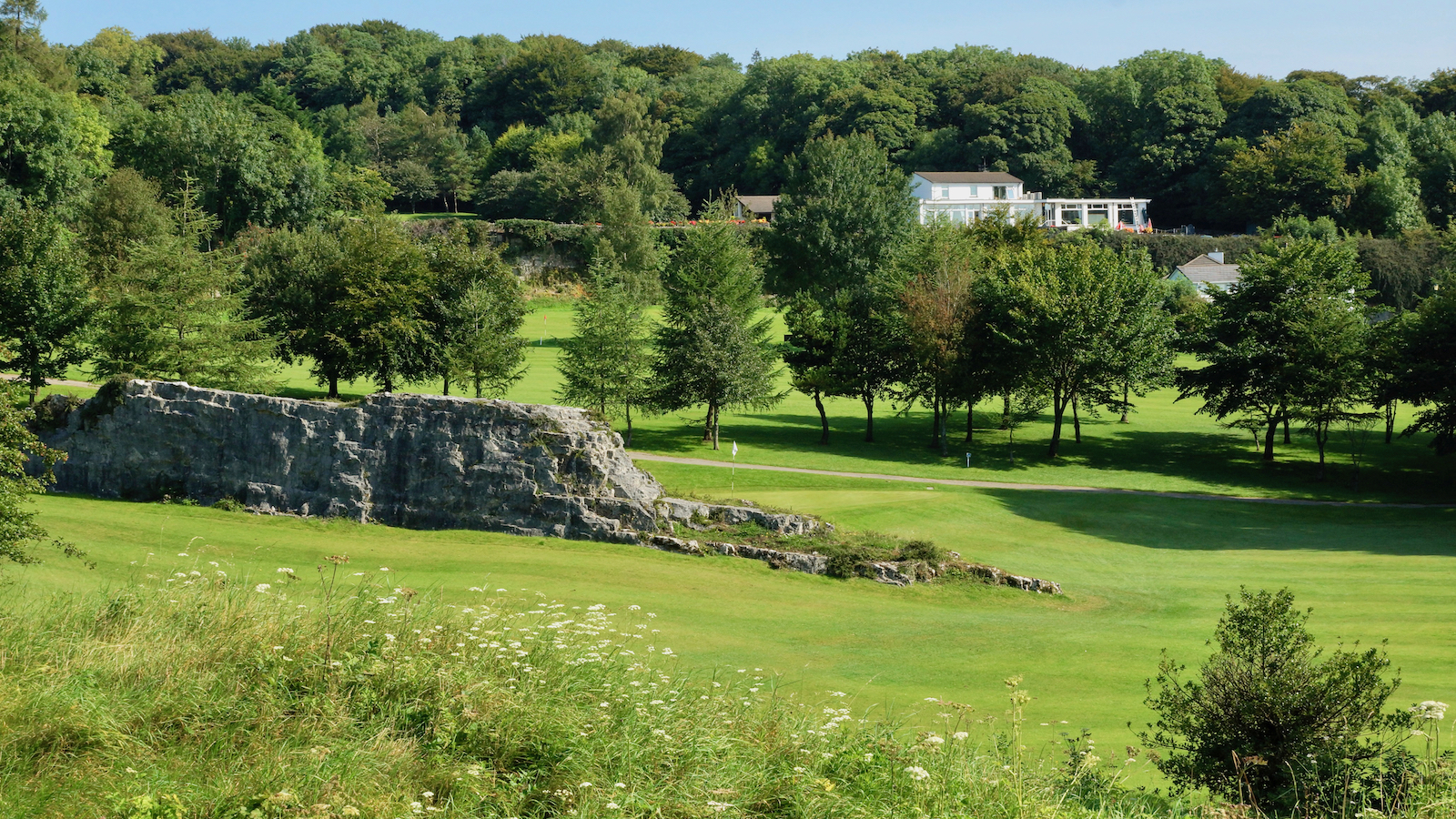

For many, par 3s are the real stars of the show on the golf course, and very often the most memorable holes as a result.
I’ll admit that, over the course of the years, I have probably written “a fine quartet of short holes” or “a cracking collection of par 3s” a few too many times for literary comfort, but in my defence, it is precisely because they are so often a course’s most memorable holes.
As for that figure of nearly 5,000, I applied similar maths to those I used when I wrote this story for Golf Monthly a little while ago: I've Played 19,200 Golf Holes Around The World And This Is My Favourite Of The Lot.
Assuming roughly a quarter of all holes I've played have been par 3s, then somewhere between 4,500 and 5,000 should be about right, but it's not a precise science and I have neither the time nor inclination to work out the exact number!
Par 3s come in all shapes, lengths and sizes, from the well-protected to the seemingly defenceless, boasting targets that range from large and inviting to virtually invisible.
Yet despite their 1,001 different guises, the scoring prospects generated by good or bad tee shots on the most cleverly designed par 3s can be poles apart. Strike it well and a birdie putt awaits; miss it in the wrong place and you can kiss goodbye to not only par, but bogey as well.
Clearly this is very much the case on the treacherous 12th – Golden Bell – at Augusta National. I’ve not had the pleasure, but we all know what havoc this hole wreaks every year as the swirling breeze, Rae’s Creek and a dauntingly shallow green sow a degree of doubt that even the very best players struggle to filter out, despite only being armed with a short iron.
Subscribe to the Golf Monthly newsletter to stay up to date with all the latest tour news, equipment news, reviews, head-to-heads and buyer’s guides from our team of experienced experts.
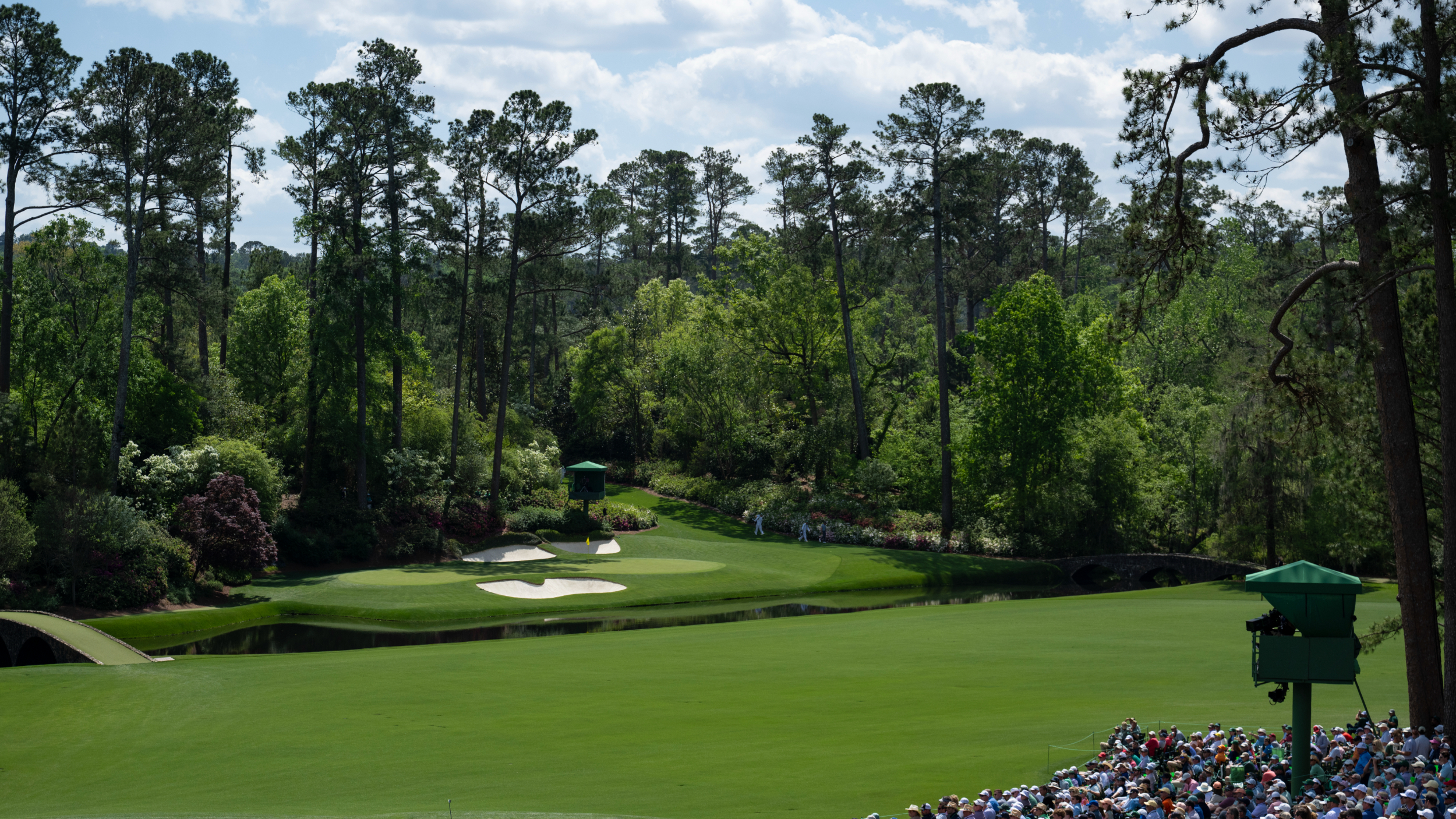
The short par-3 12th at Augusta probably causes players more problems than any other hole
It's a similar story on the shorter, island-green 17th at TPC Sawgrass, which needs no introduction for even the most infrequent PGA Tour watcher, with fans perhaps guilty of gleeful rubbernecking if the wind is up as the leaders head down the stretch.
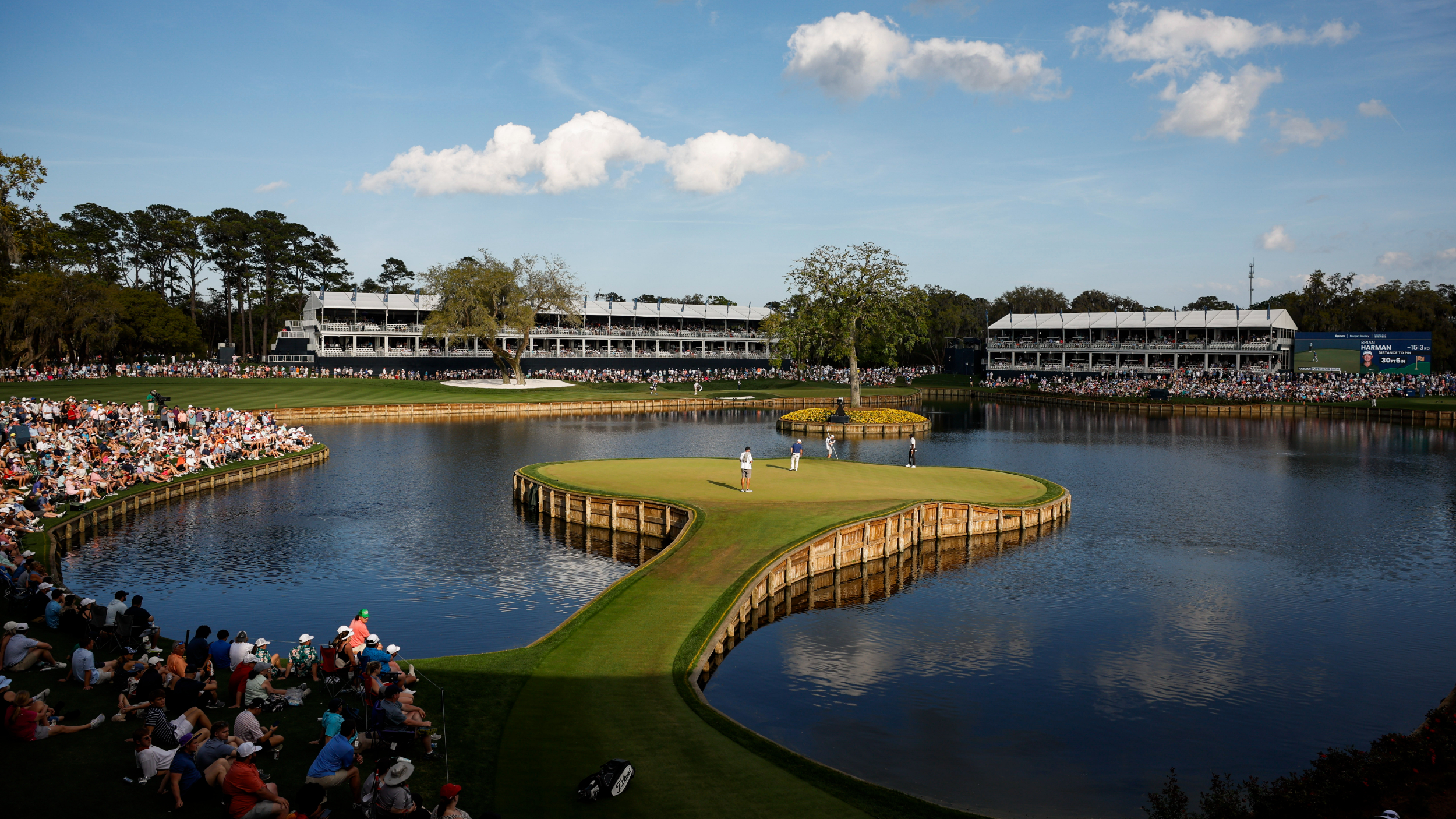
Viewed from this angle. it's easy to see why 17 at TPC Sawgrass is such a nerve-jangler
The shortie
Again, that’s a hole I’ve not yet had the pleasure (if that’s the right word) of playing, and this article is really a lookback at some of the most memorable par 3s I have played, so where better to start than with Royal Troon’s world-famous ‘Postage Stamp’ 8th, which represents perhaps the most hazardous 123 yards in Major Championship golf.

The Postage Stamp 8th at Troon is one of the game’s most famous short par 3s
I’m not the best short-iron player for my handicap, but for me, the difficulty level is compounded by the tee being a little more elevated and exposed than you might realise if you’ve never been.
Add that drop from tee to green to an extremely narrow putting surface, challenging surrounds and a collection of traps so devious that one even goes by the ominous name of Coffin Bunker, and it’s a wonder I’ve ever hit the green – but I have two or three times in five or six attempts.
The 6th hole at my home club of Royal Ashdown Forest in Sussex is in the same bracket and just two yards longer. Appropriately named ‘Island’, its narrow two-tiered green is effectively just that, with anything short or left ending up in a stream and anything right among the awkward hollows and mounds with the green set above you.
Most shots that fail to find the green or its modest fringe will leave you battling for bogey let alone par.
Another shortie I love is Royal Porthcawl’s 7th, this time a yard shorter than the Postage Stamp. It’s perhaps not quite as punishing as those other two, but is blessed with a heavily bunkered, rollercoaster, hourglass green that means missing in the wrong place can still sometimes render even bogey a bit of a tall order.
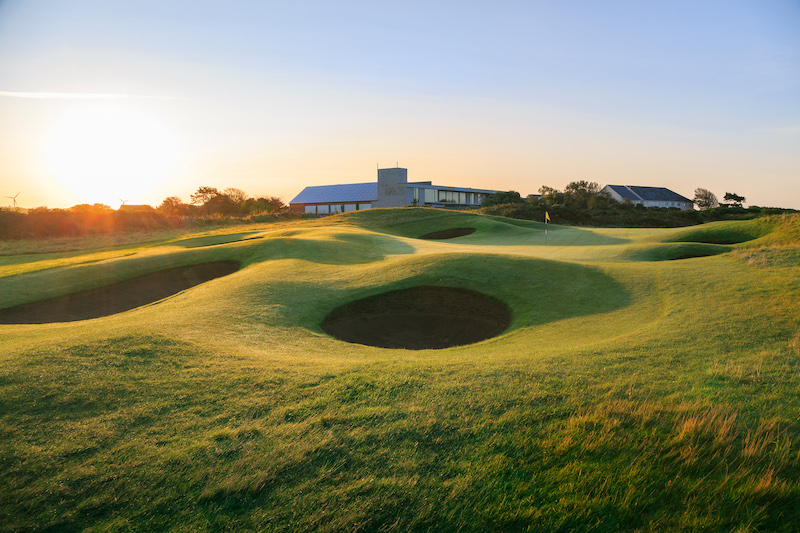
There is trouble all around the green on the short 7th at Royal Porthcawl
My final ‘shortie’ – though a few more short holes will yet get a mention – is the 12th at Harry Colt’s Denham in Buckinghamshire. After dropping steeply on the approach to 11, the course remains in a bowl at the low point for the next 131 yards, playing gently up to a shelf green cut into a slope.
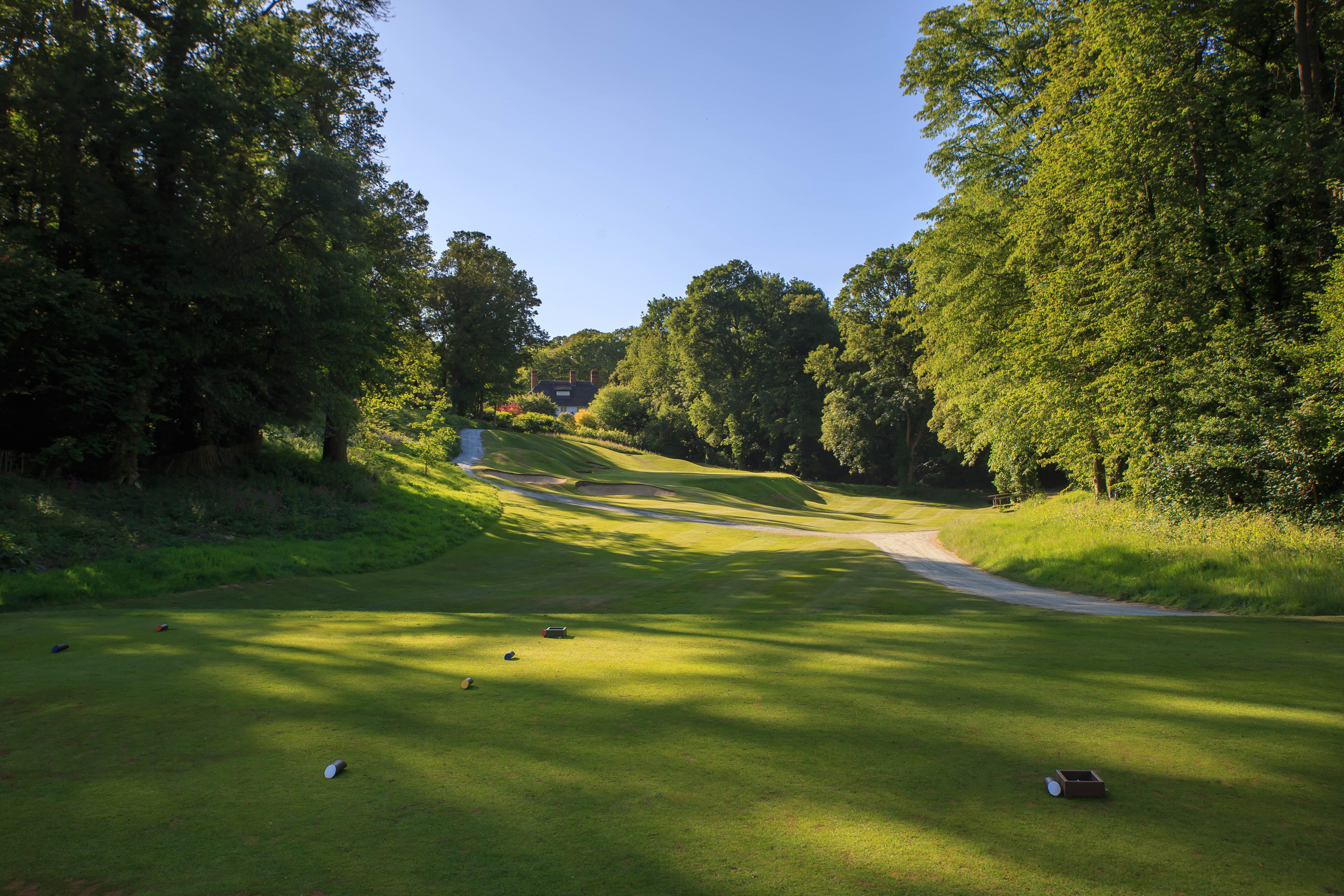
There aren't many good misses on the short but tricky 12th at Denham in Buckinghamshire
There are slight shades of the Postage Stamp in that there is a raised bank on the left, while things fall away on the right. Catch a bare or tight lie down here and getting safely back up the steep bank on to the green will test all your short-game skills, while bunkers and that hanging bank await on the left if you shy away from the right too much.
Drop holes
A category of par 3 that is often particularly memorable is the drop hole, where you fire down from higher ground to a green set in a valley or bowl.
I’ve played many such holes blessed with varying degrees of drop, with the ones at Bridport, Sheringham, The Carrick and Hopeman among those for which I have instant visual recall.
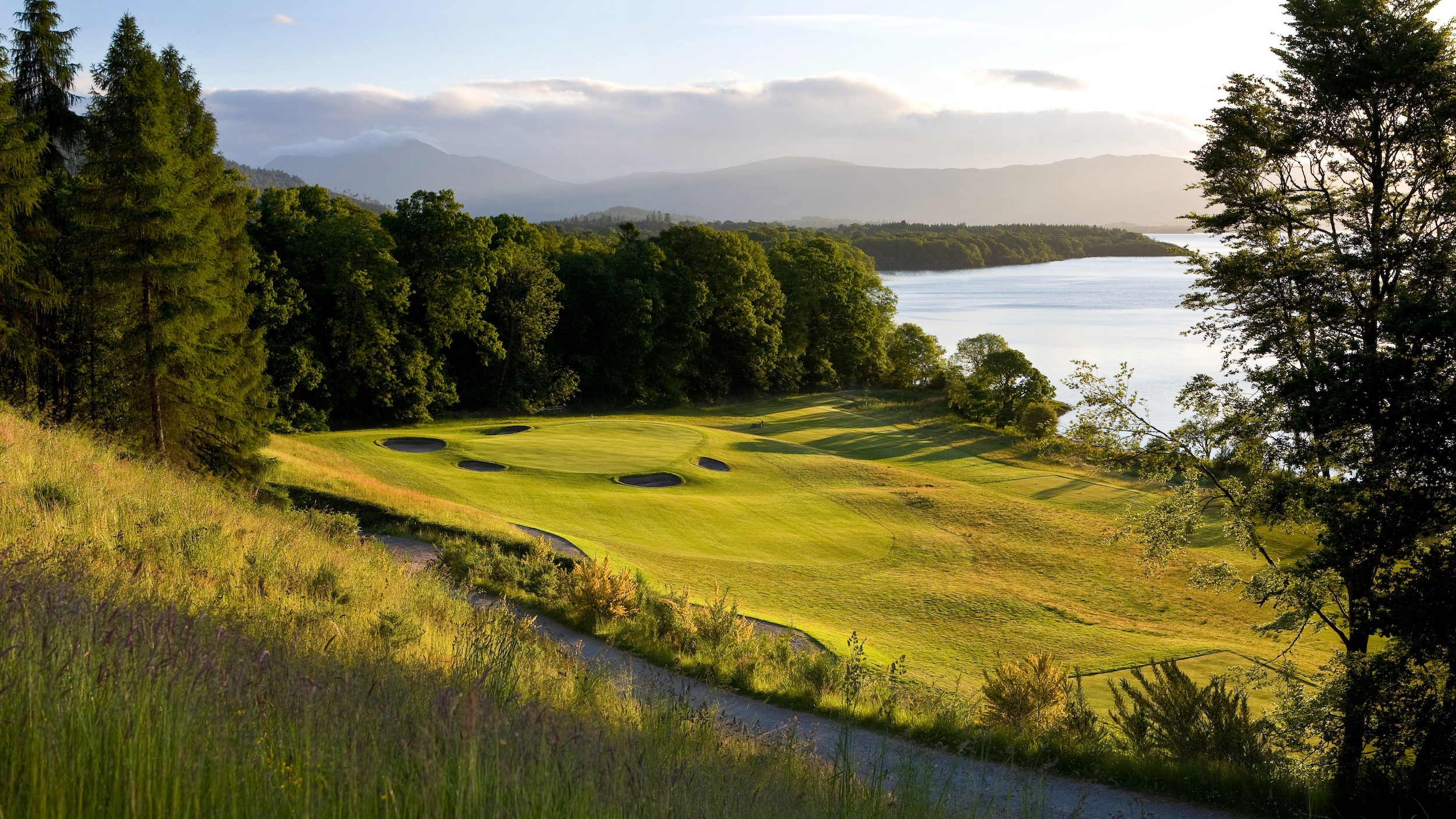
The 14th at The Carrick is a beautiful drop hole with Loch Lomond as the backdrop
There is something so much more dramatic and exhilarating about firing a ball down to a target well below you than one set above you, where you can perhaps only see the top of the flag. Have you clubbed down enough? Have you fully factored in the wind?
These things matter more than ever when your ball is effectively re-entering earth’s atmosphere from orbit and sometimes landing absolutely vertically.
There’s a drop hole at Brighton and Hove in East Sussex where I was a member for a couple of years on which judging the wind was very tough, for the land sloped up again beyond the green meaning that the wind would sometimes funnel up or down the valley to your right along which the 7th hole then played to your left. If not quite every club in the bag, I certainly used most of them at some stage.
The most dramatic drop hole I’ve played is the 15th at Constance Lemuria in the Seychelles – about 150 yards long and 150ft down! It plays from a tiny ledge of a tee looking down to the turquoise ocean beyond Anse Georgette beach. My first attempt here abjectly failed to factor in the critical drop-hole calculations mentioned previously, airmailing the green by about three clubs!

The spectacular 15th at Constance Lemuria in the Seychelles
Running it close for drop height is the par-3 5th at Cotswold Downs, but before you rush down to Gloucestershire to play it, I should point out that this one involves a 12-hour flight as it’s in South Africa.
Again, it must be 150ft down to the green, a descent you negotiate via multiple hairpins. I remember photographer Kevin Murray’s ball being almost fully plugged in the green courtesy of that vertical decent angle.
Something different
My first one here is actually another drop hole – the 4th on the 12-holer at Shiskine on Arran. Those who know the course may have expected to see the 3rd hole – Crows Nest – included here, a short hole played straight uphill to a hidden green.

The 4th hole at Shiskine plays down from close to these dramatic cliffs
But the one that sticks in my mind from my first ever golf holiday 42 years ago is the 4th, which plays back down towards the sea with the distinctive and spectacular Drumadoon cliffs just to your right. I just remember being awestruck by both the vista and hole in front of me.
On that same holiday we stopped at Kendal in Cumbria on our way home, playing the town’s golf club, which boasts a par 3 the like of which I’ve never encountered anywhere else.

You play over a rock outcrop on 17 at Kendal, hence its name of 'Battleship'
It’s christened ‘Battleship’ on account of the tall limestone outcrop just short of the green that you have to play over from 129 yards. Get it wrong and you could either suffer a wicked ricochet or find yourself having to play at right angles or backwards.
The 1st at Church Stretton in Shropshire is one of a trio of distinctive opening par 3s, this one playing up a steep bank with OOB tight right. Suffice to say it plays considerably longer than its 181 yards.
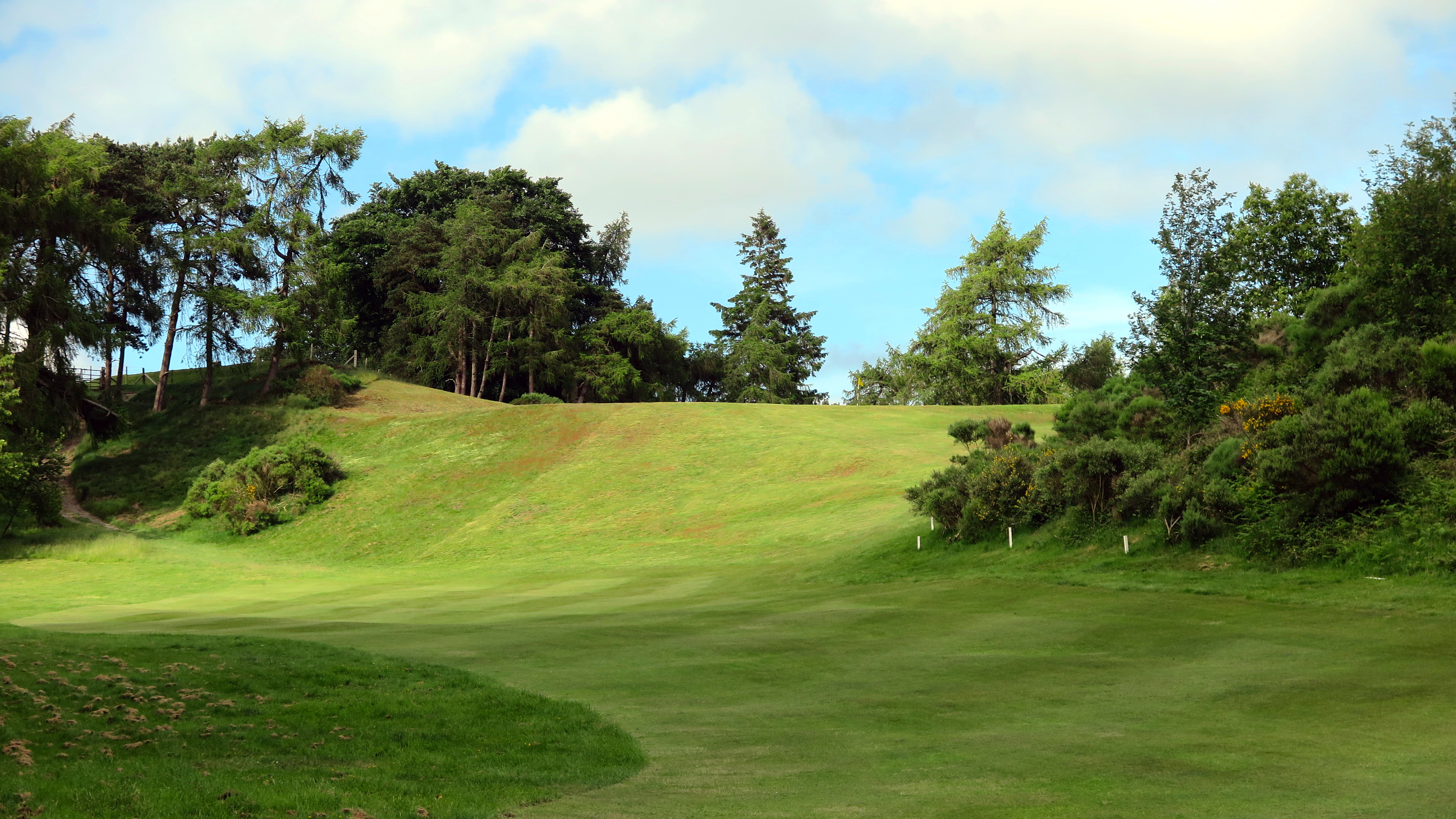
Out of bounds and a steep bank combine to pose a stern test on the 1st at Church Stretton in Shropshire
I’ve written about Dalmally at the far end of beautiful Loch Awe in Argyll and Bute before in an article hailing certain holes as being worth the green fee alone and stand by that with regard to its superb 172-yard 3rd. It’s a simply superb hole playing across, or along, a kink in the River Orchy to a green dwarfed by the towering backdrop of mighty Ben Cruachan – a real one-of-a-kind.
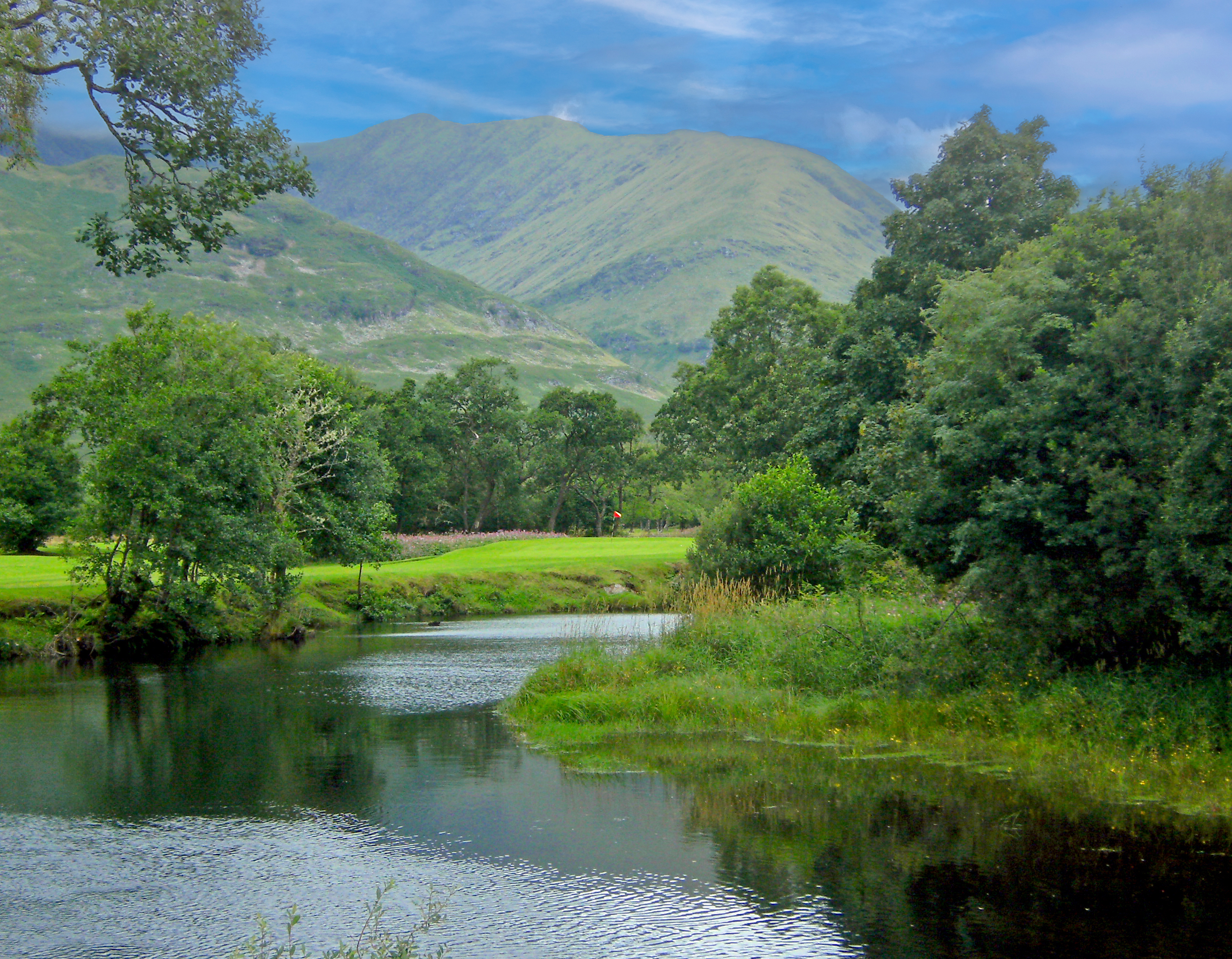
The beautiful 3rd hole at Dalmally near Loch Awe
A couple of holes over the 200-yard mark live long in my memory. The 10th at Temple in Berkshire is unusual in that the green, some 240 yards away, is hidden in a deep hollow.
I’m pretty sure that when I first played it, the front bank was left at rough height meaning balls didn’t roll down and on to the green, potentially leaving you an awkward chip off a downslope. But when I played last year it was cut to running height and a drive that I thought was miles left actually caught the left side of the bowl and finished in a decent two-putt position.
Finally, it’s on to Anstruther in Fife with its world-famous 5th - The Rockies – which, at 245 yards, is to par 3s as the 17th at St Andrews is to par 4s, in that for most mere mortals, working to one more than the par is pretty wise… and even then not hugely easy.
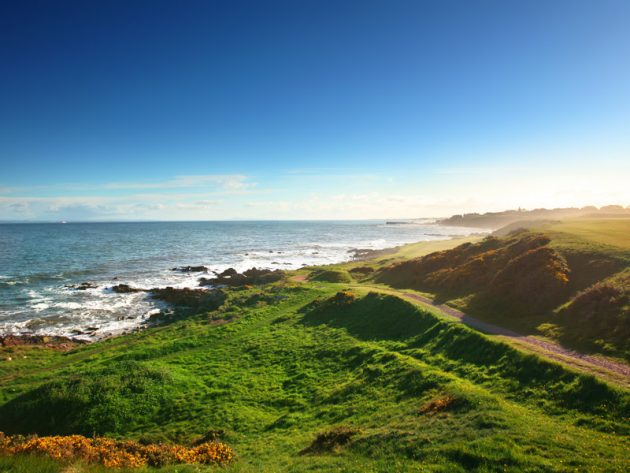
The 5th at Anstruther in Fife is really a par 3 in par 4's clothing
As if the length alone were not enough, you also have to contend with a partly hidden green and a fairway, blessed with rock outcrops, that slopes down towards the Firth of Forth on your left. Unless the power fade is your forte, play safe, make four and get out of there quick!
What makes a great par 3?
Par 3s range from under 100 yards to the very threshold of par-4 length, playing uphill, down dale, across slopes, valleys, lakes or even the sea.
Length may increasingly be a par-3 factor on tour or at championship venues, but many analysts feel that creating challenge and difficulty through length alone is a one-dimensional, sledgehammer approach.
Other than very occasionally, what fun is it, really, when the only way to reach a par 3 is via the removal of your biggest headcover?
Is it not far better and more inclusive if the test is one that golfers of all abilities are capable of meeting?
Great par 3s are those where the challenge is more about accuracy in not only avoiding the carefully placed greenside hazards, but also in finding the right part of the green to create a genuine birdie chance, or in working out the best miss if things don’t quite go to plan or the direct route to the flag is too risky for how you flight the ball.

The beautiful par-3 6th hole at Broadstone in Dorset
Great par 3s should not be about brute force but rather about having the vision and creativity to pick the right club, and the skill and nerve to execute.
And great par 3s invariably offer stirring visuals that are easy to recall when you look back.
Whether or not you like the idea of a signature hole, it’s a safe bet that it will be a par 3 at 90% of clubs who do choose to extol one for either its sheer photogenic beauty or cunning complexity of design.
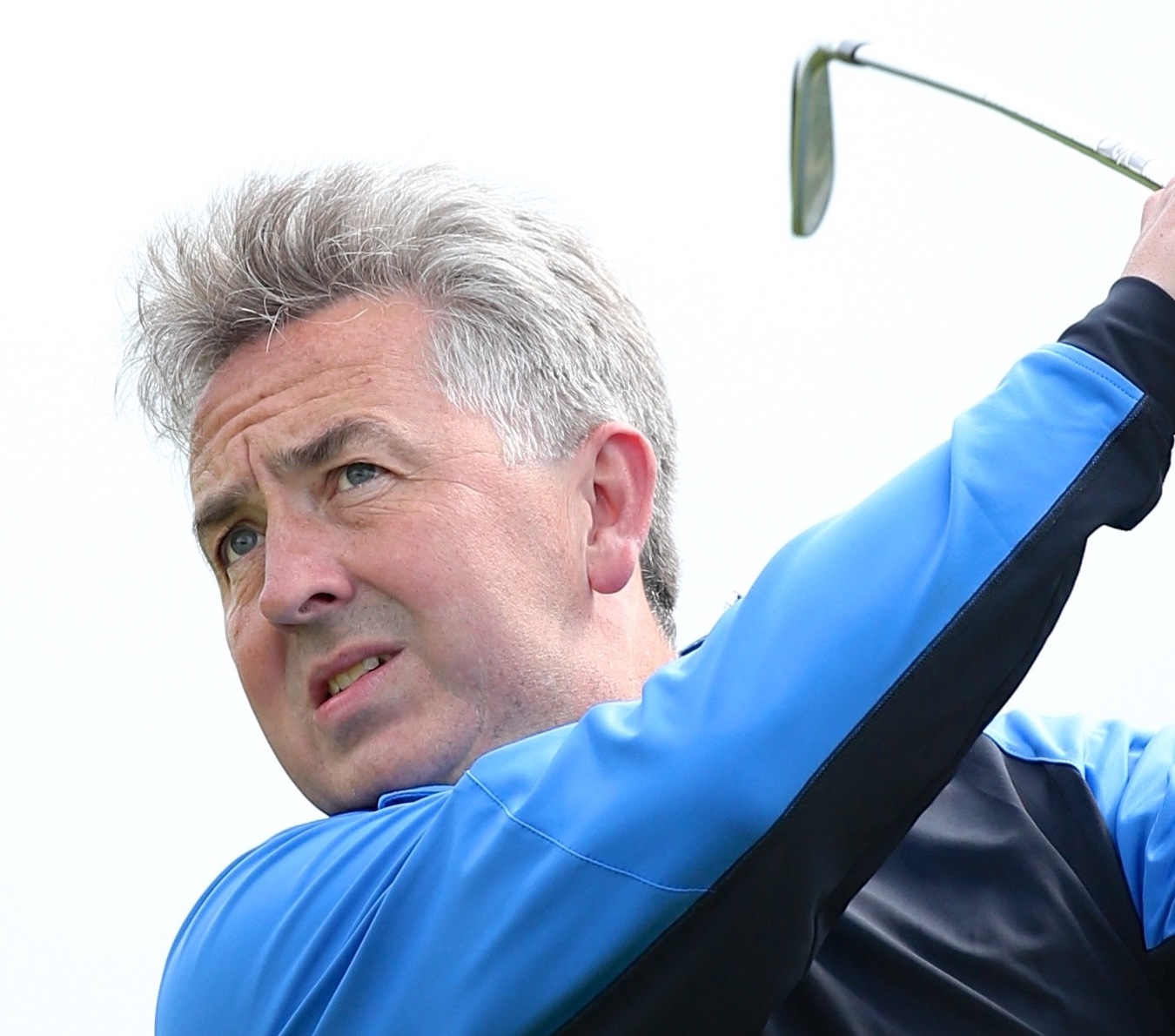
Jeremy Ellwood has worked in the golf industry since 1993 and for Golf Monthly since 2002 when he started out as equipment editor. He is now a freelance journalist writing mainly for Golf Monthly. He is an expert on the Rules of Golf having qualified through an R&A course to become a golf referee. He is a senior panelist for Golf Monthly's Top 100 UK & Ireland Course Rankings and has played all of the Top 100 plus 91 of the Next 100, making him well-qualified when it comes to assessing and comparing our premier golf courses. He has now played 1,000 golf courses worldwide in 35 countries, from the humblest of nine-holers in the Scottish Highlands to the very grandest of international golf resorts. He reached the 1,000 mark on his 60th birthday in October 2023 on Vale do Lobo's Ocean course. Put him on a links course anywhere and he will be blissfully content.
Jezz can be contacted via Twitter - @JezzEllwoodGolf
Jeremy is currently playing...
Driver: Ping G425 LST 10.5˚ (draw setting), Mitsubishi Tensei AV Orange 55 S shaft
3 wood: Srixon ZX, EvenFlow Riptide 6.0 S 50g shaft
Hybrid: Ping G425 17˚, Mitsubishi Tensei CK Pro Orange 80 S shaft
Irons 3- to 8-iron: Ping i525, True Temper Dynamic Gold 105 R300 shafts
Irons 9-iron and PW: Honma TWorld TW747Vx, Nippon NS Pro regular shaft
Wedges: Ping Glide 4.0 50˚ and 54˚, 12˚ bounce, True Temper Dynamic Gold 105 R300 shafts
Putter: Kramski HPP 325
Ball: Any premium ball I can find in a charity shop or similar (or out on the course!)
You must confirm your public display name before commenting
Please logout and then login again, you will then be prompted to enter your display name.